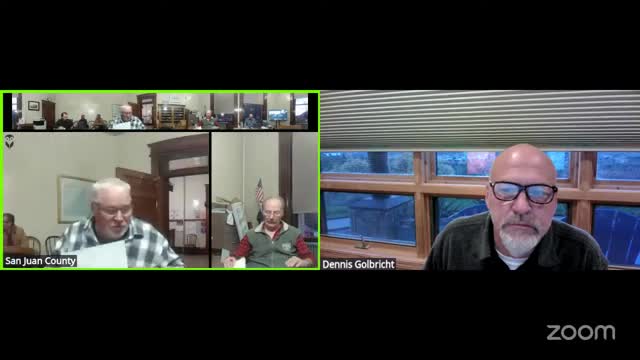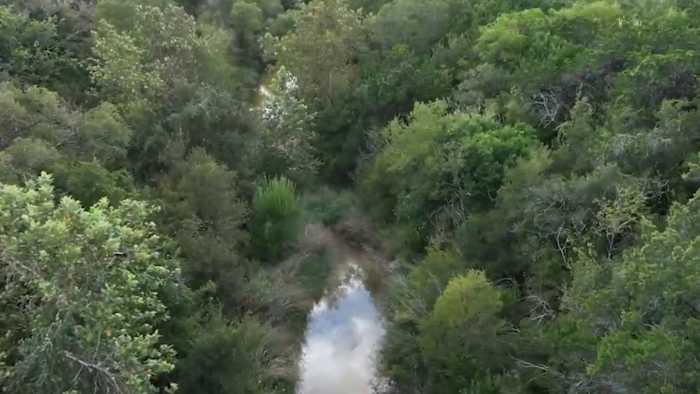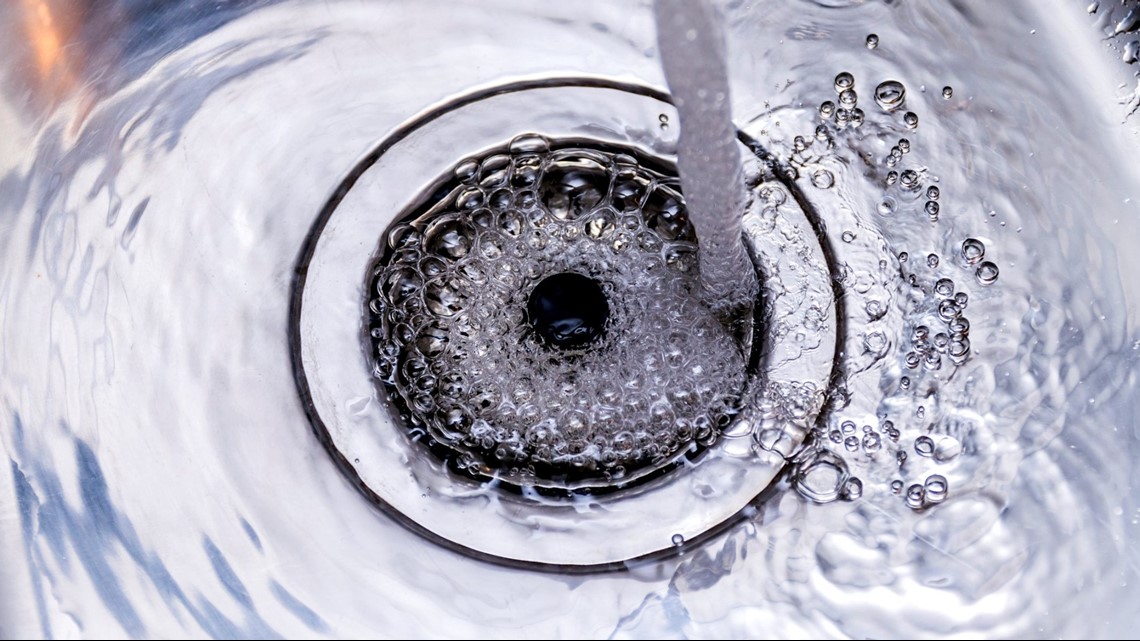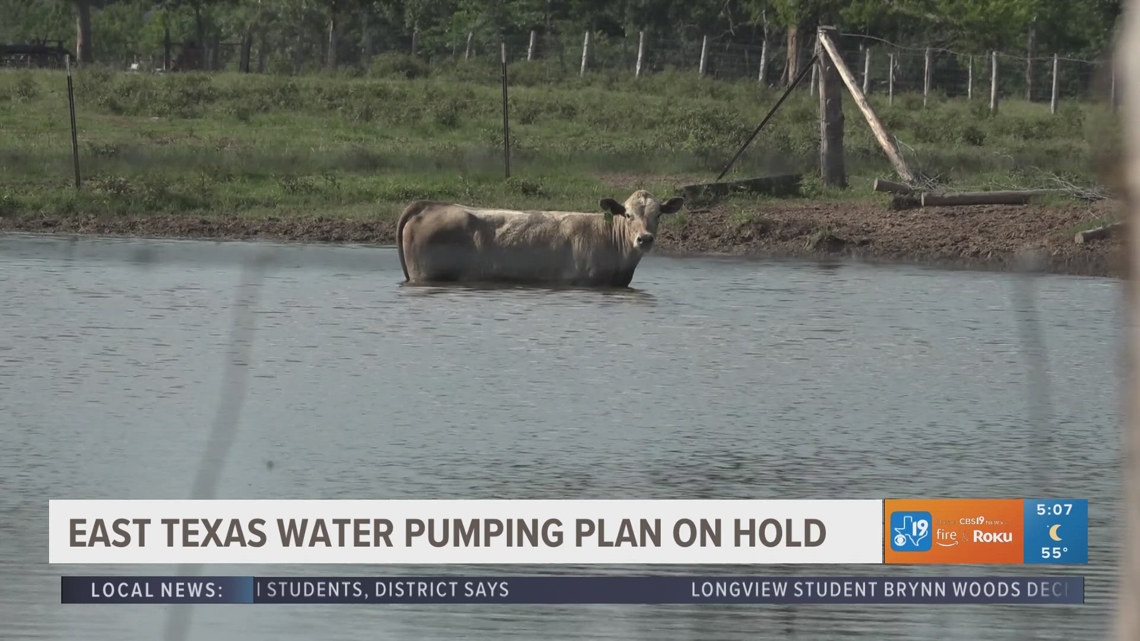Report on the IWVGA and Searles Valley Minerals Settlement Agreement and its Alignment with Sustainable Development Goals
1.0 Introduction
A comprehensive settlement agreement has been reached between the Indian Wells Valley Groundwater Authority (IWVGA) and Searles Valley Minerals (SVM). This report details the key components of the agreement and analyzes its significant contributions toward achieving the United Nations Sustainable Development Goals (SDGs), particularly those related to water, economic stability, and institutional partnerships.
2.0 Core Components of the Agreement
The settlement establishes a cooperative framework for sustainable groundwater management. Key outcomes include:
- The permanent dismissal of lawsuits previously filed by each party against the other.
- SVM’s commitment to collaborate with the IWVGA on the implementation of the region’s mandated Groundwater Sustainability Plan.
- The establishment of clear agreements regarding SVM’s future water acquisition for its operations.
- SVM’s agreement not to oppose the IWVGA’s critical water replenishment pipeline project.
3.0 Alignment with SDG 6: Clean Water and Sanitation
The agreement makes direct and immediate contributions to the sustainable management of water resources, in line with SDG 6.
- Target 6.3: Improve water quality by reducing pollution… and substantially increasing recycling and safe reuse globally. The agreement facilitates a project where the City of Ridgecrest will provide approximately 2,000 acre-feet per year of recycled, non-potable water to SVM for industrial use.
- Target 6.4: Substantially increase water-use efficiency across all sectors and ensure sustainable withdrawals… to address water scarcity. By substituting drinking-quality groundwater with reclaimed water, the initiative creates immediate and significant water savings, reducing pressure on the critically overdrafted groundwater basin.
- Target 6.5: Implement integrated water resources management at all levels. The partnership between IWVGA and SVM exemplifies a collaborative approach to implementing the Groundwater Sustainability Plan, moving away from litigation and toward cooperative management.
- Target 6.1: Achieve universal and equitable access to safe and affordable drinking water for all. The settlement notes a multi-million dollar pledge from the County of San Bernardino to support the drinking water system for the community of Trona, reinforcing water security for residents.
4.0 Contributions to Additional Sustainable Development Goals
Beyond water security, the settlement supports a broader range of sustainability objectives.
- SDG 8: Decent Work and Economic Growth: The agreement helps ensure the continued operational viability of Searles Valley Minerals, thereby preserving essential jobs within the community and supporting local economic stability.
- SDG 9: Industry, Innovation, and Infrastructure: The settlement secures support for critical infrastructure, including the water replenishment pipeline. The transition to using reclaimed water for industrial processes represents an innovative and sustainable industrial practice.
- SDG 11: Sustainable Cities and Communities: By addressing long-term water sustainability, the agreement enhances the environmental security and resilience of the communities within the Indian Wells Valley, including the City of Ridgecrest and the U.S. Naval Air Weapons Station China Lake.
- SDG 17: Partnerships for the Goals: This agreement is a prime example of a multi-stakeholder partnership between a public joint powers authority (IWVGA) and a private industrial entity (SVM) to achieve common sustainability goals.
5.0 Conclusion
The settlement between the IWVGA and Searles Valley Minerals marks a significant advancement in achieving groundwater sustainability for the Indian Wells Valley. Through strategic collaboration, the agreement directly addresses critical targets within SDG 6 while simultaneously advancing goals related to economic resilience, infrastructure, and effective partnerships. This positions the region on a more secure and sustainable path for water resource management.
Analysis of SDGs, Targets, and Indicators
1. Which SDGs are addressed or connected to the issues highlighted in the article?
- SDG 6: Clean Water and Sanitation: This is the central theme of the article. The entire text focuses on achieving groundwater sustainability, managing water resources in an overdrafted basin, ensuring drinking water quality, and promoting the use of recycled water.
- SDG 9: Industry, Innovation and Infrastructure: The article discusses industrial water use by Searles Valley Minerals, the development of critical infrastructure like a pipeline project, and the innovative approach of using reclaimed water for industrial processes instead of potable water.
- SDG 11: Sustainable Cities and Communities: The agreement aims to secure a “sustainable water future” for the residents of the Indian Wells Valley, including the City of Ridgecrest and the community of Trona. It also mentions keeping jobs in the community, which contributes to its long-term viability and resilience.
- SDG 12: Responsible Consumption and Production: The agreement promotes sustainable production patterns by having an industrial user (Searles Valley Minerals) switch from high-quality drinking water to recycled water for its processes, thus ensuring the efficient use of natural resources.
- SDG 17: Partnerships for the Goals: The article is fundamentally about a partnership. The settlement between the Indian Wells Valley Groundwater Authority (a public joint powers authority) and Searles Valley Minerals (a private company) exemplifies a public-private partnership to achieve a common sustainability goal.
2. What specific targets under those SDGs can be identified based on the article’s content?
- Target 6.3: Improve water quality by increasing recycling and safe reuse. The agreement for the City of Ridgecrest to provide Searles with “unused recycled (non-potable) water” for industrial use directly aligns with this target of increasing water recycling.
- Target 6.4: Substantially increase water-use efficiency and ensure sustainable withdrawals. The core purpose of the Groundwater Sustainability Plan is to address the “overdrafted basin,” which is a direct effort to ensure sustainable withdrawals and address water scarcity. The conservation measure of saving 2,000 acre-feet per year of groundwater increases the overall water-use efficiency of the region.
- Target 6.5: Implement integrated water resources management. The IWVGA itself, as a “joint powers authority” including multiple counties, a city, and federal agencies, is a mechanism for integrated water resources management. The settlement agreement is a key step in implementing this management plan.
- Target 9.4: Upgrade infrastructure and retrofit industries to make them sustainable. The plan for Searles to use reclaimed water is a retrofitting of its industrial processes to be more sustainable and resource-efficient. The mention of the “IWVGA’s pipeline project” points to upgrading and building new water replenishment infrastructure.
- Target 11.5: Reduce the economic losses and number of people affected by water-related disasters. Groundwater overdraft is a slow-moving disaster that threatens the economic viability of the community (e.g., jobs at Searles) and the well-being of its 38,000 residents. This agreement mitigates that long-term risk.
- Target 12.2: Achieve the sustainable management and efficient use of natural resources. The entire agreement is focused on the sustainable management of a critical natural resource: the groundwater in the Indian Wells Valley basin.
- Target 17.17: Encourage and promote effective public-private partnerships. The “comprehensive settlement agreement” between the public IWVGA and the private company Searles Valley Minerals is a direct example of this type of partnership being put into action to solve a complex resource management issue.
3. Are there any indicators mentioned or implied in the article that can be used to measure progress towards the identified targets?
- Volume of wastewater safely treated and reused: The article provides a specific, measurable indicator: “approximately 2,000 acre-feet per year of unused recycled (non-potable) water” will be made available to Searles for industrial use. This directly measures progress towards Target 6.3.
- Change in water-use efficiency: The saving of “roughly 2,000 acre-feet per year of drinking-quality groundwater” is a quantifiable indicator of increased water-use efficiency for the basin, relevant to Target 6.4.
- Degree of integrated water resources management implementation: The successful execution of the “comprehensive settlement agreement” and the collaborative implementation of the “Groundwater Sustainability Plan” serve as qualitative indicators of progress for Target 6.5.
- Investment in new infrastructure: The article mentions that the “County of San Bernardino has pledged several million dollars to support the drinking water system for the community of Trona.” This financial pledge is a clear indicator of investment in critical water infrastructure, supporting Targets 9.4 and 11.5.
- Number of public-private partnerships for sustainable development: The existence of the formal settlement agreement between IWVGA and Searles Valley Minerals is itself an indicator for Target 17.17, demonstrating a successful partnership.
4. Summary Table of SDGs, Targets, and Indicators
| SDGs | Targets | Indicators |
|---|---|---|
| SDG 6: Clean Water and Sanitation | 6.3: Improve water quality by increasing recycling and safe reuse. | Provision of approximately 2,000 acre-feet per year of recycled water for industrial use. |
| SDG 6: Clean Water and Sanitation | 6.4: Substantially increase water-use efficiency and ensure sustainable withdrawals. | Reduction of 2,000 acre-feet per year of drinking-quality groundwater pumping from an overdrafted basin. |
| SDG 6: Clean Water and Sanitation | 6.5: Implement integrated water resources management. | Implementation of the Groundwater Sustainability Plan through the IWVGA joint powers authority. |
| SDG 9: Industry, Innovation and Infrastructure | 9.4: Upgrade infrastructure and retrofit industries to make them sustainable. | Development of a pipeline project and retrofitting Searles’ operations to use reclaimed water. |
| SDG 11: Sustainable Cities and Communities | 11.5: Reduce economic losses and people affected by water-related disasters. | Pledge of several million dollars by San Bernardino County to support Trona’s drinking water system. |
| SDG 12: Responsible Consumption and Production | 12.2: Achieve the sustainable management and efficient use of natural resources. | Agreement to stop pumping drinking-quality groundwater for industrial processes, replacing it with recycled water. |
| SDG 17: Partnerships for the Goals | 17.17: Encourage and promote effective public-private partnerships. | The formal “comprehensive settlement agreement” between the public IWVGA and the private Searles Valley Minerals. |
Source: mavensnotebook.com







